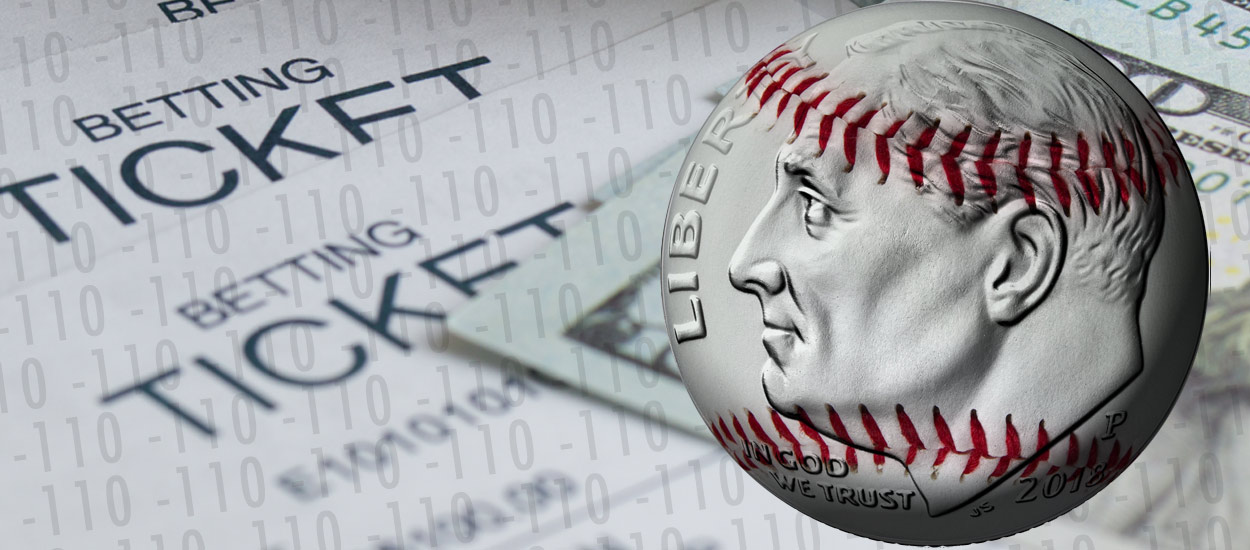There are very few if any people who succeed in sports betting if they don’t rely on statistical data in some way, shape, or form. I cringe when so called experts proclaim that arithmetic numbers don’t mean a thing, and they only rely on their own gut instincts above all else. Individuals making these types of claims tend to be phone touts or novice bettors using a recent short successful winning run as their sole premise. Truth be told, those types don’t have the wherewithal, knowledge, or work ethic to arrive at a selection other than through their own false intuitions. They’re not only lying to themselves, but the ridiculous rhetoric accompanying their bravado is an insult to anyone who possesses any degree of intelligence whatsoever.
 “Beating the Number”
“Beating the Number”
The easiest way for me to ignore one’s opinion as it pertains to sports betting is by discussing irrelevant topics such as weather, injuries, and individual player statistics. This just in, all 3 of those topics are already factored into the line. Nobody has more access to reliable sources in those regards than the odds-makers themselves. They’re lightning quick in making line adjustments, and to think you are one step ahead of them is just plain naïve.
Emphasizing the value of players statistics, injuries, and weather conditions are certainly conducive to having success in fantasy sports wagering. However, those precise elements provide very little worth when it comes sports betting.
Technical Handicapping Versus Team Trends
My forte has been that of a technical sports handicapper for the past two decades. The description of a technical handicapper is often misconstrued as an individual that relies simply on team trends. That’s the furthest thing from the truth, and in the following paragraphs I’ll exhibit the fallacy behind that belief.
Simply put, trends involve past results for specific teams, while technical handicapping involves all teams in a specific situation or sets of circumstances. Team trends have become relatively useless since free agency became part of the professional sports landscape. No longer do we see a core group of players remain with the same professional sports franchise for any extended period. Furthermore, elite college athletes staying in school for an entire four years seems prehistoric at this juncture, and it’s an extreme rarity when it does occur.
There’s another point of importance that I must make clear. Because someone is a technical handicapper, doesn’t suggest that individual doesn’t weigh in on other miscellaneous aspects such as emotion, betting patterns, or head coaching trends just to name a few. My point being, you can’t limit yourself to one specific facet of sports handicapping if one hopes to be prosperous, and by considering all pertinent dynamics it serves to escalate your edge. Like in any legitimate businesses, there are no shortcuts, and hard work is always paramount in attaining success.
What Is A Handicapping Algorithm?
What is a sports handicapping algorithm? It can be defined as; one set or a finite number of unambiguous instructions that, given some set of initial conditions, can be performed in a prescribed sequence to achieve results based on a percentage of probability. Now let’s break that down in laymen’s terms as it applies to sports handicapping.
Parameters, Definitions, and Details
For starters, unambiguous can be defined as categorical, clear, exact, or unequivocal. Secondly, what does unambiguous instructions given in some set of initial conditions mean when it’s applies to sports handicapping? It can be interpreted as a query or set of inquiries with regards to a specific situation.
Here’s an example of the above description. How does a NFL home underdog do against the point-spread following a straight up underdog win by 10 points or more in their previous game? It’s very important to understand, I’m not referring to a specific team. Consequently, I’m asking my personal 4D handicapping software program for results based on all NFL teams when placed into that exact scenario. When entering that query, it displays those NFL home underdogs going 86-65-2 ATS (56.9%) since 1980.
I’ve now established a percentage of probability (56.9%) by using unambiguous instructions and have also formed an initial set of conditions (NFL home underdogs off a straight up win by 10 points or more). The key words from this point on are now “a finite number of unambiguous instructions”.
We’ve already determined how home underdogs of 10.0 points or more do against the spread following a straight up win by 10 points or more in its previous game. Now let’s take this one step further. I’ll now ask additional queries while broadening the set of conditions. Remember, the unambiguous instructions can be finite or never ending. What if the home team is an underdog of 5.5-points or less, and their previous win came versus a non-division opponent? When adding those queries into the mix, the algorithm now improves to 51-27-2 ATS (65.3%) since 1980. As a matter of fact, the underdog won 48 of those 80 (60%) games straight up.
Final Take
Nothing in life that’s worth it comes easy, and sports handicapping is no different than the any other business. Nothing short of a superlative effort and intelligent approach are essential when making sports betting a feasible way of life.
Ross Benjamin is a top sports analyst and one of the sports industry's most respected handicappers. Follow him on Twitter: @RossBenjamin1 or visit his website at RBWins.com







































